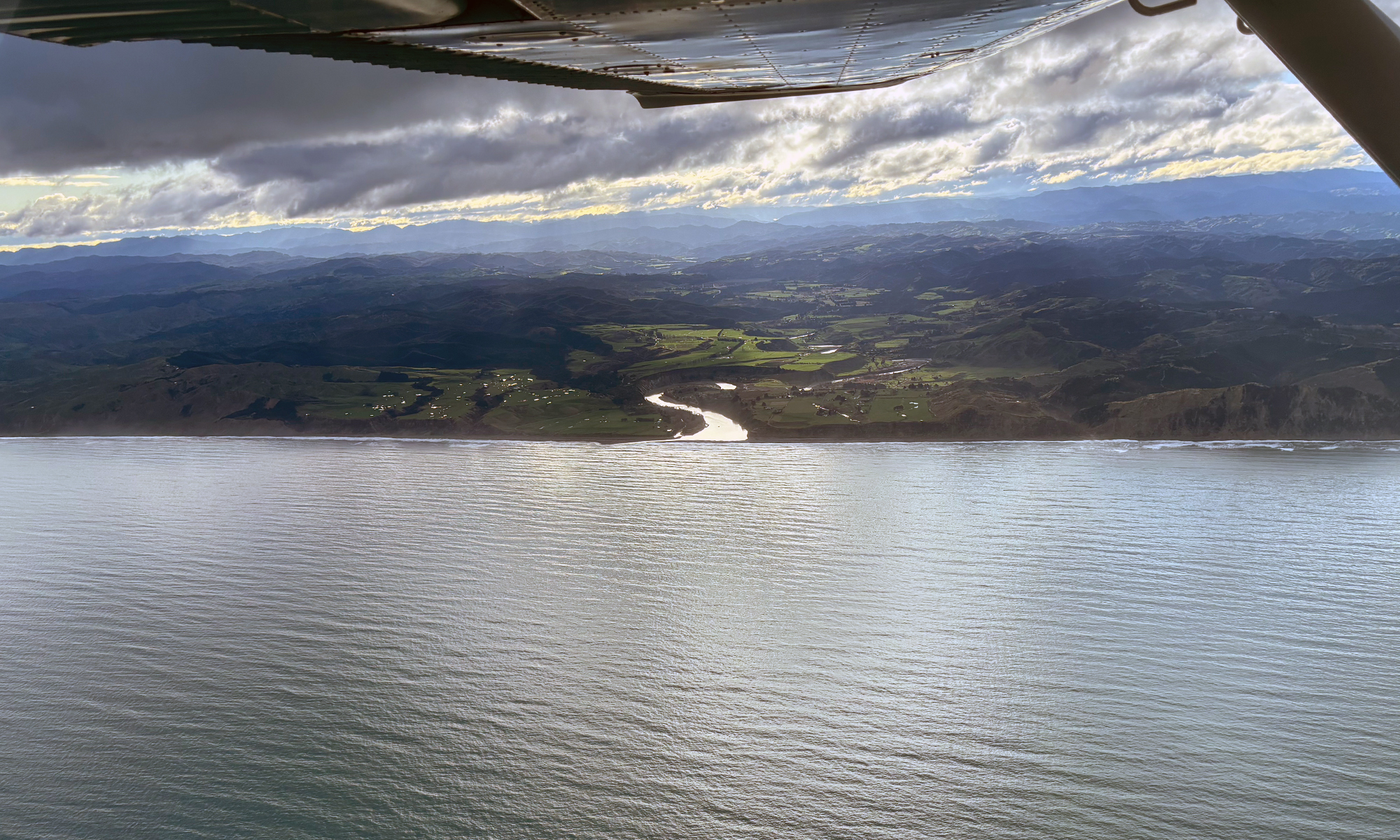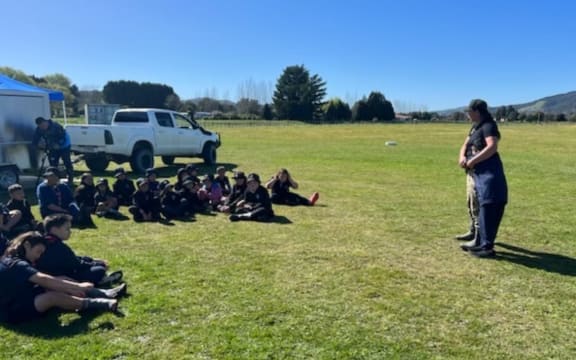Kaitieki is the Ngāti Porou word for guardian, it’s really important that we discharge our kaitiekitanga obligations in our rohe. So, what does this mean for Air Ruatoria? We operate a normally aspirated engine powered aircraft, it is not a jet but every flight will emit carbon. Like every business we consume resources however our aim is to minimise waste and consumption to reduce these impacts on the whenua, Te Taiao and our communities.
We are planting native species here on the aerodrome, the first planting of 2,000 Ngutukaka is underway. We are preparing the area for planting. Check out our pics on facebook. We will continue to plant native trees to mitigate carbon emissions relating to our operations. If you would like to contribute or know more about this project, please contact us.

2,000 East Coast Natives A Tribute To Aotearoa
Media Statement
Wednesday 13 September 2023
People from Ruatoria on the East Coast will plant 2,000 native plants this Thursday 14th September to acknowledge the Nation’s support to the community when Tropical Cyclone Gabrielle tore through the area. State Highway 35 was closed following the event, local roads were unpassable, together with no power and fuel, the Coast was cut off. Local schools and kaumatua will be at Ruatoria aerodrome to plant locally grown taonga species, including Ngutu kākā ( kākā beak, Clianthus maximus), to publicly acknowledge the generosity of Aotearoa.
Reflecting on the event, pilot Paul Grayson said “Pilots from across the North Island flew in everything, from kai to nappies for whānau impacted by the event. Approximately 2 tonnes of supplies were flown in. It was a very humbling experience and I am very proud to help these communities”, said Paul
Resources from Gisborne were also deployed to the Coast; “…everyone leaned in, local helicopter operators, the Eastland Rescue Helicopter Trust, the Australian Defence Force, the NZ Defence Force, Civil Defence Tairāwhiti,” according to retired farmer, Patrick Willock of Gisborne. Long time Ruatoria resident, 75 year old Maryanne Barton said,
“a big helicopter hovered over my house, I thought it must be Gina Aupouri (local nurse) so I came out and waved thumbs up and it went away. It was amazing”.
Local Graeme Atkins, an expert in Taonga Species and lead for the Raukūmara Pae Maunga Restoration project, said “We thought this was a good opportunity to honour the awesome mahi by a whole lot of people who came here, in our time of need. Every taonga we plant is a mihi to the individuals, whānau, people and organisations who helped us”.
The event is a collaboration between the Raukūmara Pae Maunga Restoration Project, Ruatoria Papa Rererangi Charitable Trust and Air Ruatoria. The event is open to the public and starts at 10am.
ENDS
Contact Mahanga Maru, 021 2200 737 or email Mahanga@air-ruatoria.nz

Taonga species planted at Ruatoria
Two thousand native trees have been planted by Ruatōria locals to protect their aerodrome from flooding.
The East Coast town was badly hit by Cyclone Gabrielle, with State Highway 35 closed for days and local roads unpassable. With no power or fuel the coast was cut off, save for flights in and out – in large part, using the Ruatōria aerodrome.
Pilot Paul Grayson said pilots from across the North Island flew in everything from kai to nappies – about two tonnes of supplies in total.
But the aerodrome was prone to flooding in certain areas during heavy rain.
So on Thursday, local schools and kaumatua got stuck in there, planting taonga species – including locally grown ngutukākā (kākā beak) – in the flood prone areas.
The planting was a collaboration between the Raukūmara Pae Maunga Restoration Project, Ruatoria Papa Rererangi Charitable Trust and Air Ruatoria, and was open to the public, with funding from the Endangered Species Foundation and Trees that Count by Project Crimson.
Local man Graham Atkins, an expert in taonga species and lead for the Raukūmara Pae Maunga Restoration Project, said the beautification of the aerodrome site ticked a lot of boxes and allowed local kids to get their fingers back in the dirt.
Past experience made the planting mahi manageable, he said.
“We’re pretty sharp at this. I’ve been doing this for nearly 30 years, and we’ve got a couple of post hole borers which will dig the holes.”
With the weather system switching to an El Niño pattern, dryer weather is on the cards for the East Coast.
“We just can’t catch a break,” Atkins said.
“One minute we’re drowning and now we’re going to be baked.”
Deep holes would help the new plants find water, even in dry weather.
“Two thousand trees takes a lot of mahi to get them to grow, and get them to survive.”
A section of the aerodrome, previously covered in weeds and prone to flooding, would now contribute to offsetting Air Ruatoria’s carbon footprint.
Atkins said it was also an opportunity to honour the mahi of so many people who came to Ruatōria’s aid in its time of need.
“Every taonga we plant is a mihi to the individuals, whānau, people and organisations who helped us.”
Source RNZ



